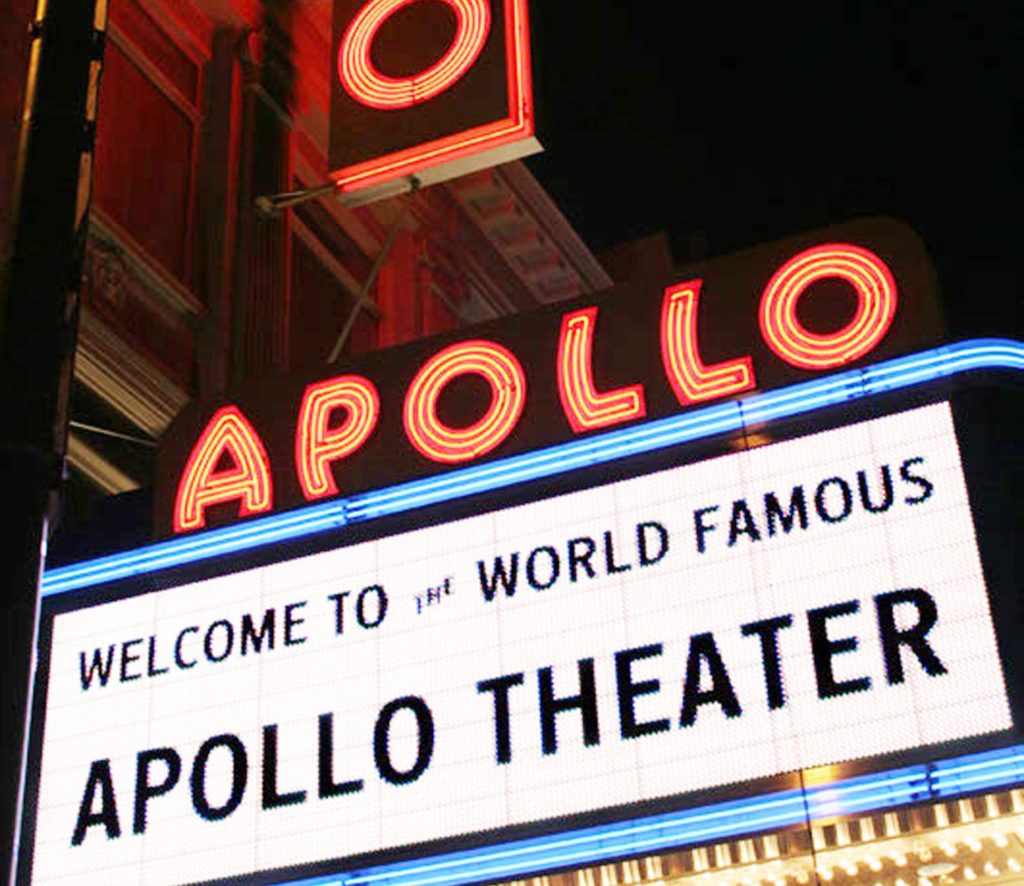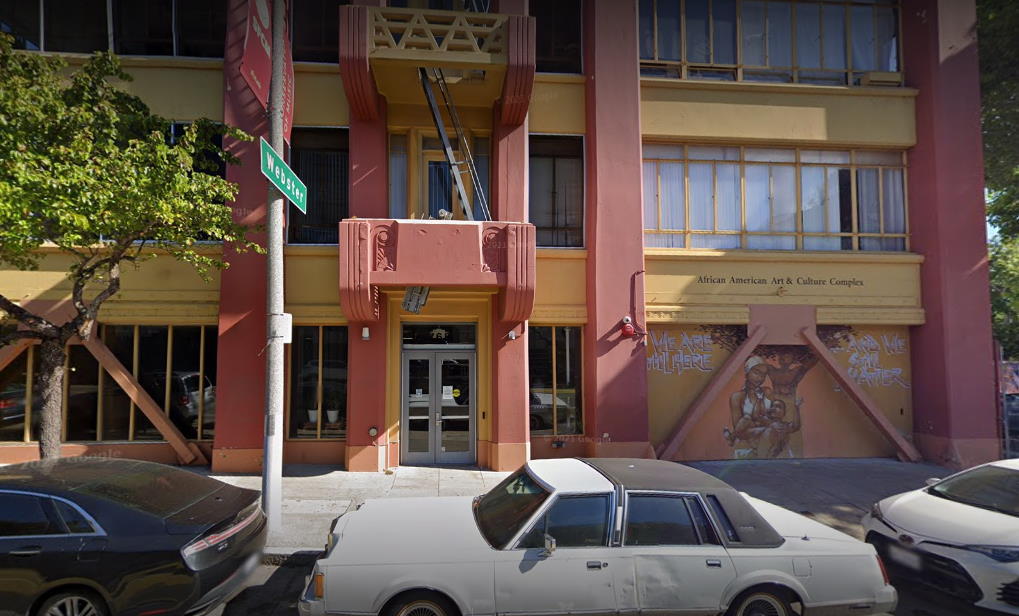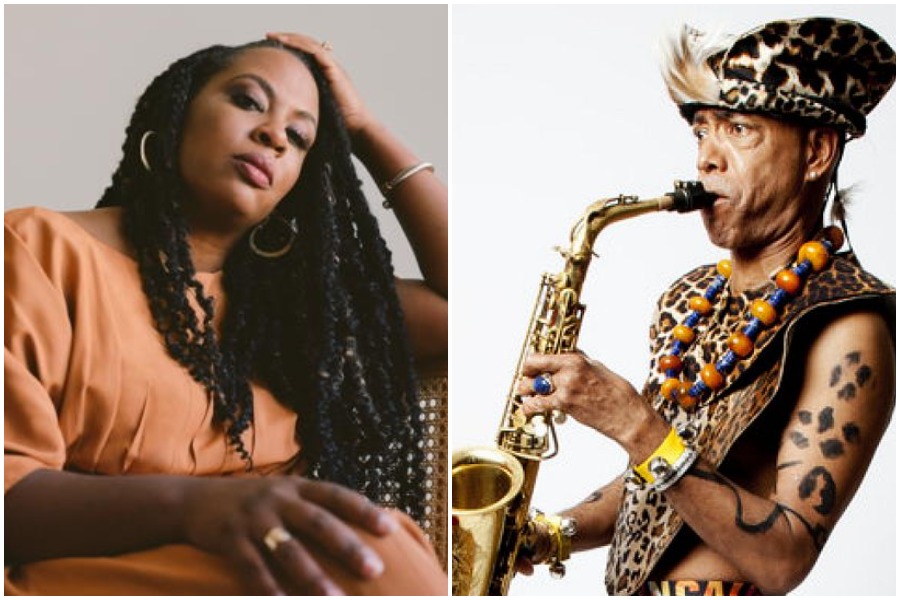This story is one of three about the state of funding for theatres of color. You can find the others here.
At the heart of every theatre are its people. They are in many ways the true barometers of stage success, and not only as reliable providers of sidesplitting punchlines or harrowing breakthrough performance, but also for the moments of emotional kinship that arise from collectively bearing witness to works of art. While this is ultimately what keeps theatre alive, it is not the primary practical solution for keeping the lights on. After shuttering theatres for almost two years, the COVID-19 pandemic threatened an unfathomable recovery. Months prior, SMU DataArts, in partnership with The Wallace Foundation, conducted a study called “The Alchemy of High-Performing Arts Organizations,” aimed at identifying the measurable value for success in performing arts organizations. The first cohort comprised well-funded organizations, which also happened to be predominantly white-led. The second cohort invited organizations with more modest budgets who, unsurprisingly, were predominantly led by and aimed toward communities of color. Stacking them up against each other, it was clear that funding for theatres is neither universal or even equitable, with backing unevenly disseminated by demographic and budgetary reach.
The initial Alchemy Report demonstrated that larger foundations support and sustain organizations whose budgets have reached five million dollars, but most of the organizations of color who participated in the second report do not have budgets that reach three million. Pair this with the information generated from the second cohort, in which the findings emphasized that organizations primarily serving communities of color consider high-impact programming and community engagement as their central focus. No wonder, despite their long-standing histories, these organizations reported persistent barriers when securing foundational support at high monetary levels. With these vastly different standards of success, funding potential and mission statements persist like ships in the night: headed in different directions, destined to never meet.
These organizations of color rightly refused to distill or reduce their work to become legible to larger foundations. Therefore the information gathered by the second cohort of The Wallace Foundation and SMU Data Arts study is crucial for multiple reasons, the biggest one being timing. Given that the findings were collected before the pandemic, they exist as a precious and informative time capsule we can no longer return to but need to rely upon—a period when the evidence clearly displayed existing racial bias from industry heads.
Two of the organizations studied, New York’s Apollo Theater and Cultural Odyssey in San Francisco, illustrate many of the themes and trends drawn out by the study. Together these two institutions collectively retain decades of impactful, groundbreaking programs serving mostly Black and Latinx people. Their legacies persist because of consistent, genuine, and culturally competent community engagement.

Kamilah Forbes (she/her), a theatre director and executive producer at the Apollo Theater, describes the arts organization as an “economic driver for 125th Street,” with an unwavering mission of “being a beacon of Black culture.” At the height of the pandemic, the organization responded to immediate needs and created a digital initiative, Apollo Cares, which disseminated information on food banks and testing sites. The Apollo also created a micro grant initiative program which gifted local small businesses directly affected by the pandemic with $1,000 dollars apiece.
Founded in 1979 by multi-instrumentalist, composer, and director Idris Ackamoor (he/him), Cultural Odyssey has lived up to its name as a nascent performance outlet and resource for local, emerging, and established artists in San Francisco. Located in the Fillmore district, it has been responsive to needs of the community—offering dance classes for youth and technical support for artists across generations—and adaptive to the environmental upheaval in the face of the rapid gentrification of San Francisco.
“I think that a very important indication of success is still being alive and kicking,” said Ackamoor. “And actually, not only that, but we are also still kind of the tip of the iceberg in terms of a lot of artistic elements. We aren’t, you know, resting on our laurels by any means.” According to Ackamoor, who also refers to himself as “chief bottle washer,” the organization’s longevity can be attributed to a certain amount of financial freedom due to its small staff and low overhead. Ackamoor’s co-artistic director is Rhodessa Jones, who oversees The Medea Project: Theater for Incarcerated Women and HIV Circle.
“We’ve seen the whole gamut of an organization,” Ackamoor recalled. “There was a time when we had myself as executive director in the office, with an outreach director and a development person. That was during the robust years of funding back in the late ’80s and early ’90s, when there was the California Arts Council.” As funding has flowed and ebbed, Ackamoor and Jones have kept Cultural Odyssey going as a community stakeholder by recognizing the needs of the community and addressing them within their capacity.
On May 25, 2020, George Floyd was murdered by Minneapolis police officer Derek Chauvin, and with the entire incident caught on video and much of the world still in lockdown, the moment put us in the position of the captive audience at a theatre, held rapt by the sickening violence of racism on full display. This would become the focal point for a reignited global movement against racism, one effect of which was an outpouring of relief funds to organizations from individual donations and corporate foundations. Initially, much of these donations were dedicated to racial justice initiatives intent on diversifying, educating staff, and correcting past behavior. And then some folks began to describe this cultural moment as being beset by “twin pandemics”—a frustrating misnomer that seemed to posit that racism was a new disease. Diversity and inclusion statements were flaunted, blasted out to listservs and posted on social media. Despite being well-intentioned, these calls for solidarity often came off as mere exercises in optics, overwrought Band-Aids pasted over the substantive concerns and hardships faced by people of color.

When I asked Ackamoor about that outpouring of white guilt, he let out a wise chuckle and responded before I finished my question, “A racial equity statement is what we’ve been doing for 42 years!” His frustration is fair, fueled by caution about the way organizations with multi-million-dollar budgets have historically behaved. Ackmaoor credited San Francisco Mayor London Breed for taking $120 million from “defund the police” efforts and ensuring that funds were directed to arts organizations.
In a similar vein of repair, Kamilah Forbes credits Darren Walker of the Ford Foundation for creating the American Cultural Treasures grant program, which not only provides substantial funding amounts but also creates powerful symbolism by its very name. “Walker was very strategic in naming the program ‘American Cultural Treasures,’ and the grantees were all organizations of color,” said Forbes.
By holding fast to their missions, the Apollo Theater and Cultural Odyssey have maintained their status positions as unwavering cultural institutions. They are models all arts organizations can learn from. Near the end of our conversation, Ackamoor recalled a story of a young girl, one of a set of twins, whose grandfather had brought her to a tap class at Cultural Odyssey over 10 years ago. Recently the grandfather turned up to share a video of the girl, now a young woman, preparing to open for Erykah Badu, singing her original music. Ackamoor spoke with sweet fondness for the full-circle nature of this experience—one he knew was only possible because he was there for the young girl, and still there now. As he told the story, he made sure to emphasize that such stories and distinctive memories are elements that foundations “don’t really track.”
Erica N. Cardwell (she/her) is a writer, critic, and educator based in Brooklyn. Her debut collection of critical essays, Wrong Is Not My Name, will be published by the Feminist Press in 2023.


